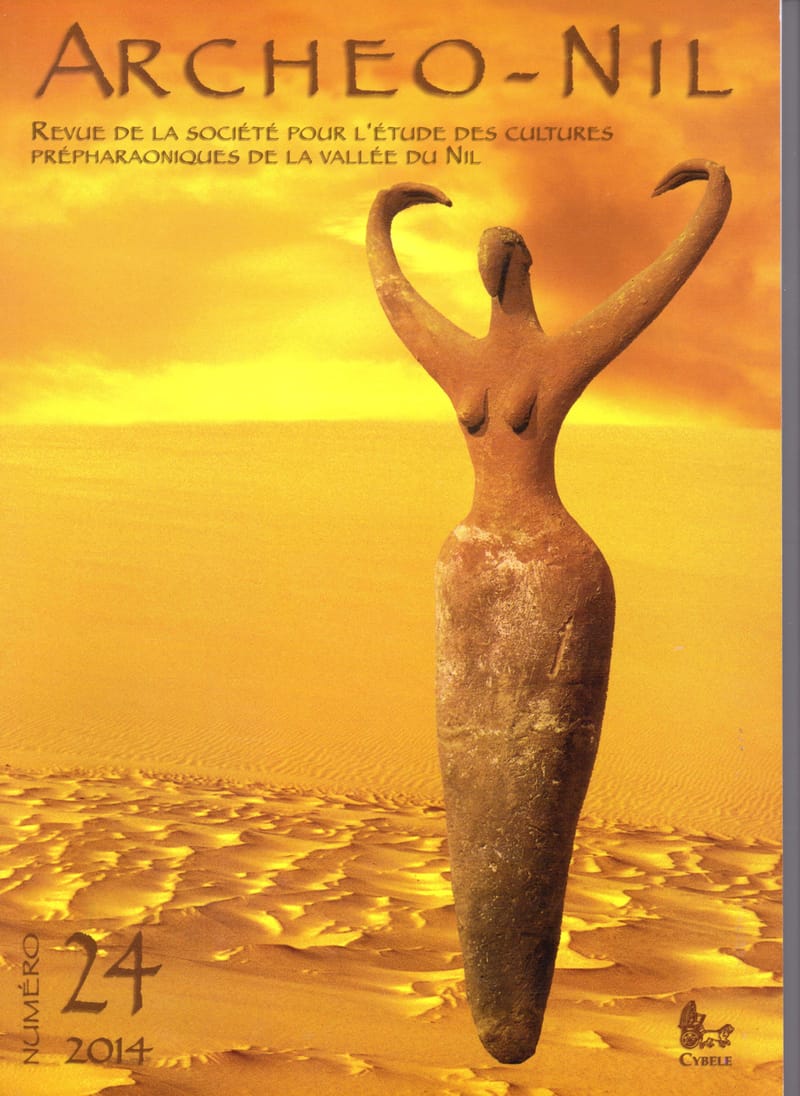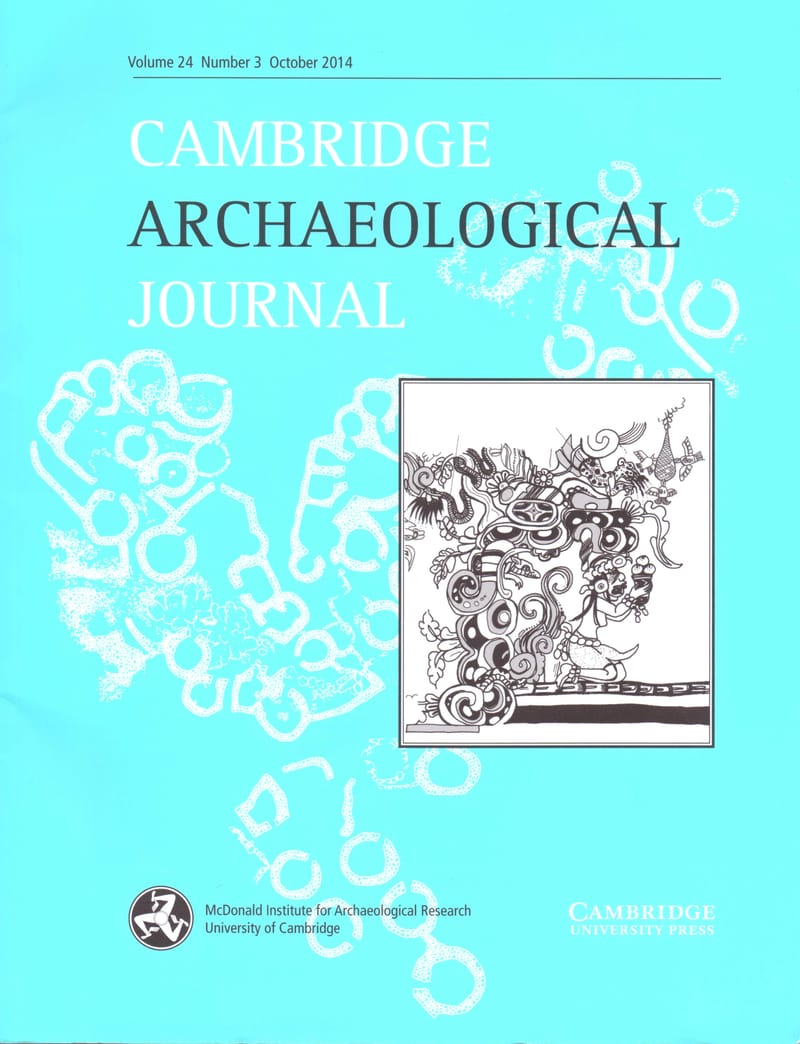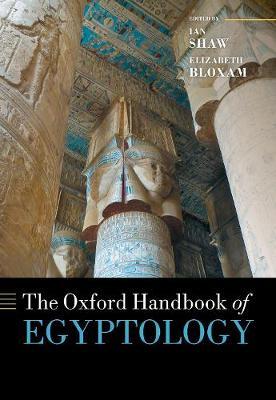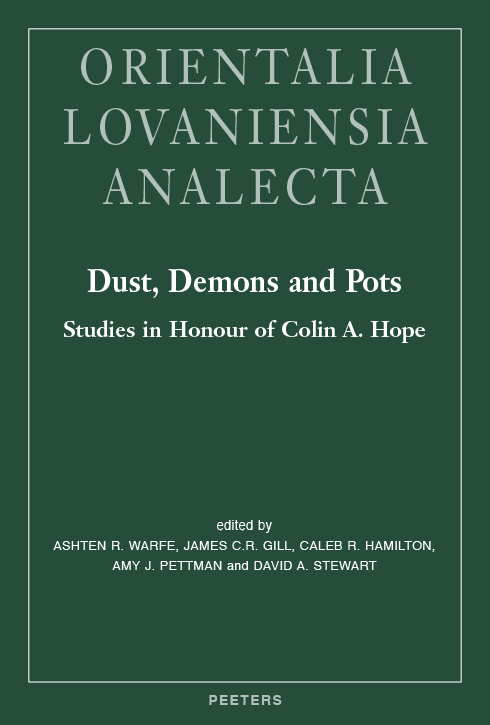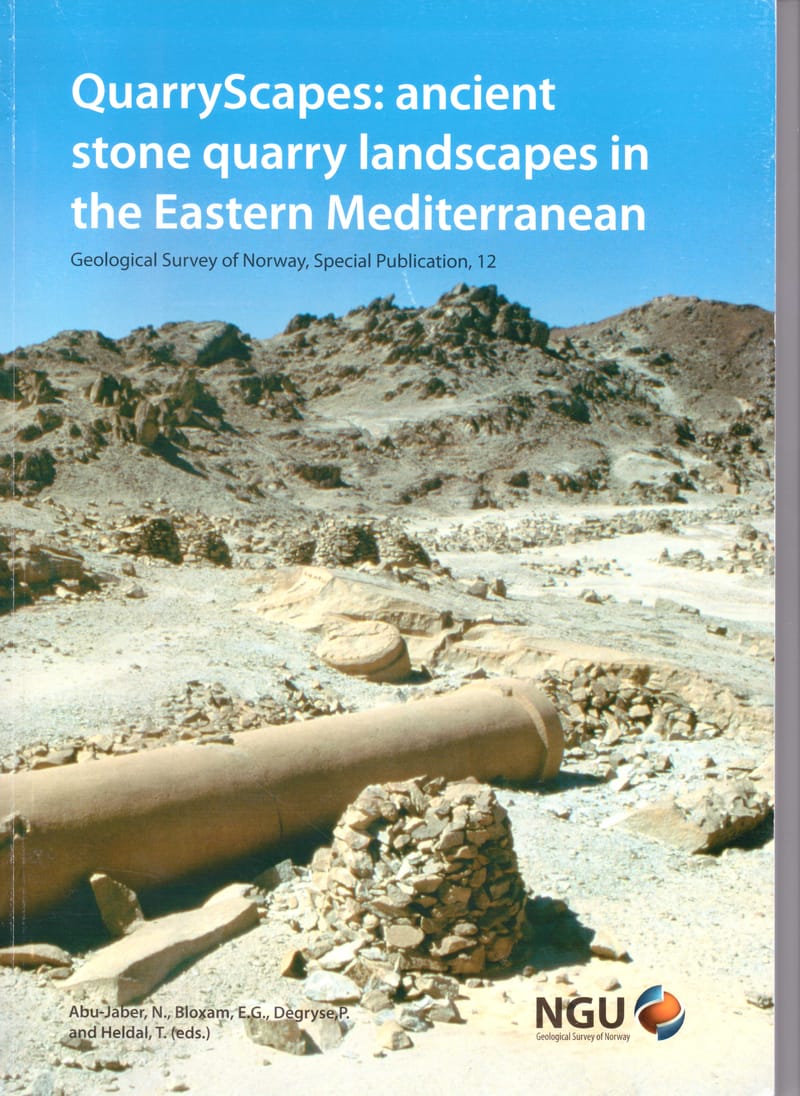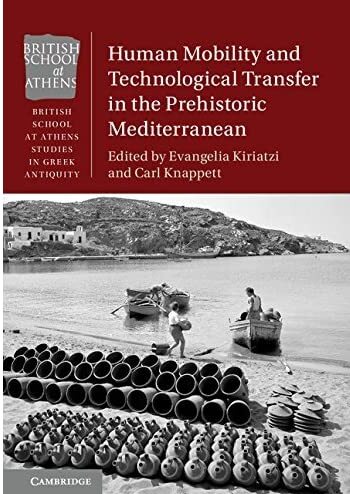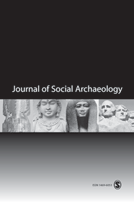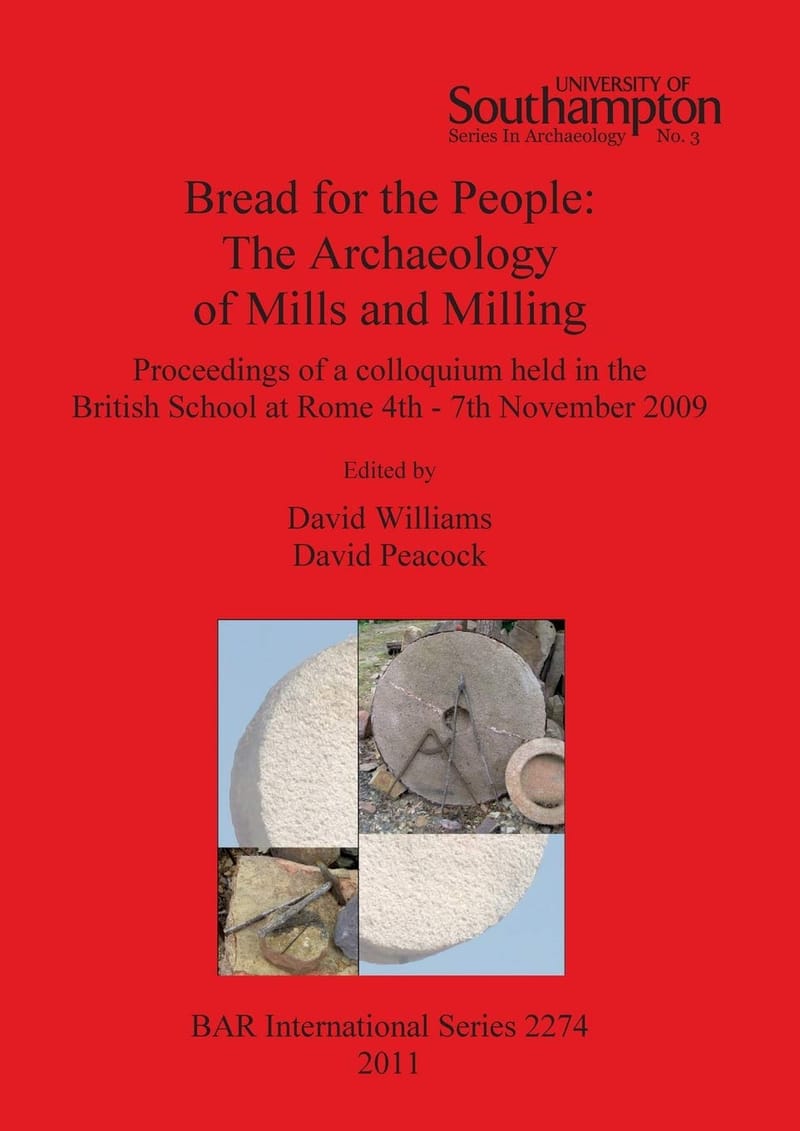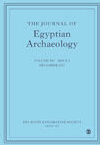The Wadi Hammamat Project
NEWS
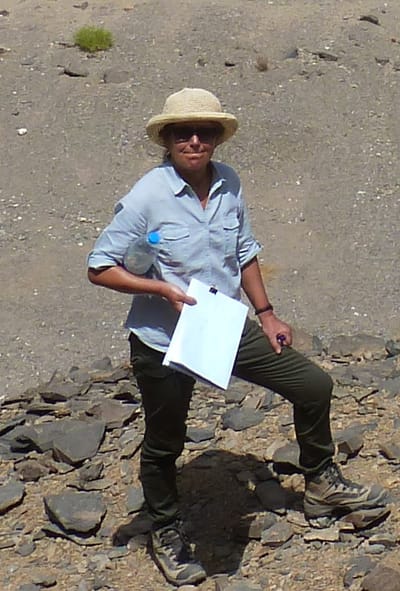
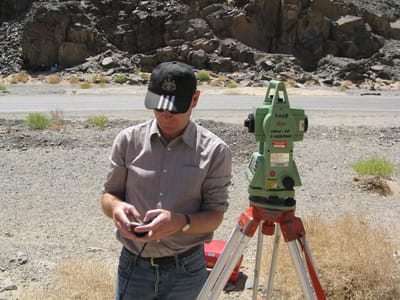
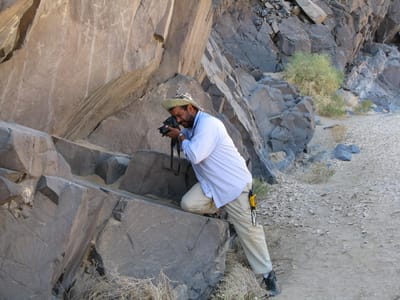
About
Research Background and Questions
Current research in Near Eastern and Egyptian archaeology has frequently questioned what the linkages are between increasing social complexity, craft specialisation, and the emergence of monumentality in the formation of early states. Yet, approaching these issues through studying the archaeological record at raw material sources is still an undervalued component of such research agendas, which, in general, have concentrated on analysing the built environment (e.g. pyramids, temples, statues). Since 2010, ‘The Wadi Hammamat Project’ (directed by Dr Elizabeth Bloxam and since 2013 co-directed with Dr Ian Shaw) has been undertaking the first holistic, multi-disciplinary archaeological survey of one of Egypt’s most important sources of greywacke in the Eastern Desert. As a prized stone used largely for ornamental purposes (e.g. iconic palettes such as the Narmer Palette pictured, vessels, sarcophagi, statues) from the Predynastic (4th millennium BC) into the Roman Period (300 AD), these quarries were at the centre of large-scale resource exploitation for over 3,000 years. There is a wealth of material culture relating to this activity through settlements, workshops, roads, production evidence and quarries themselves that significantly transformed the landscape over time. These remains are complemented by an unusually rich textual and pictorial record, from rock art to monumental inscriptions, left by those who lived and worked in the quarries since prehistory.
Since 2010 the Project has been exploring and questioning the extent to which monumentality in the early Egyptian state only existed as a product of elite appropriation and control of people and raw material sources. To this end we have been establishing the time depth of quarrying, identifying any technological and organisational change, and investigating the ways in which this relates to the inscriptional record. The most significant outcome of this work to date has been discovering the previously unknown Predynastic quarries and workshops that produced some of Egypt’s earliest cultic objects (e.g. the Narmer Palette dating to early 3rd millennium BC Dynasty 0-1) relating to emerging state iconography and kingship. Through comparative and cross-cultural approaches to interpreting this data we have enabled a reappraisal of the ways in which we understand the social interplay between local and regional kin-groups within notions of state control of these activities. These findings have been crucial to our research aims, and are the foundations on which we continue to build, as well as initiating a conservation and site management plan to protect this increasingly fragile heritage.
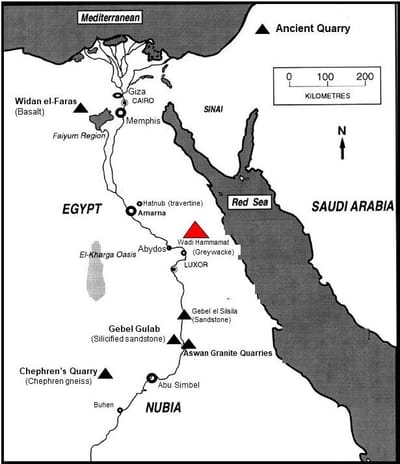
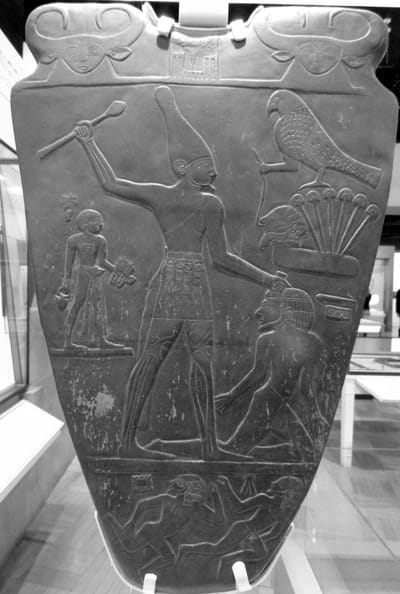
wadi Hammamat Project Team
Dr Elizabeth Bloxam
Co-Director
Visiting Professor of Egyptology, IHAC, Northeast Normal University, Changchun, China
Dr Ian Shaw
Co-Director
Visiting Professor of Egyptology, IHAC, Northeast Normal University, Changchun, China
Adel Kelany
Egyptologist
Director of Archaeological Awareness in Aswan Supreme Council of Antiquities Aswan, Egypt
Prof James Harrell
Professor Emeritus of Geology
Department of Environmental Sciences, The University of Toledo Ohio, USA
Dr Norah Moloney
Archaeologist
Institute of Archaeology University College London
Dr Ashraf El Senussi
Egyptologist/Ceramicist
Supreme Council of Antiquities Faiyum, Egypt
Adel Tohamey
Egyptologist
Supreme Council of Antiquities Aswan, Egypt
Dr Timothy Anderson
Archaeologist
Waleed Yousef
Surveyor
GIS Center Supreme Council of Antiquities Cairo, Egypt
Fieldwork Reports
Wadi Hammamat Project - First Survey Report (in English and Arabic) November 2010
Learn MoreWadi Hammamat Project - Second Survey Report (in English and Arabic) November 2011
Learn MoreWadi Hammamat Project - Third Survey Report (in English and Arabic) - November 2012
Learn MoreWadi Hammamat Project - Fourth Survey Report (in English and Arabic) April 2013
Learn MoreWadi Hammamat Project - Fifth Survey Report (in English and Arabic) November 2014
Learn MoreWadi Hammamat Project - Sixth Survey Report (in English and Arabic) November 2015
Learn MoreArticles
This is the first major publication about the discovery, in 2010, of the Predynastic to Early Dynastic palette, bracelet and vessel quarries in the Wadi Hammamat.
Read MoreThis article presents a fresh perspective on Egyptian quarrying that aims to balance the more accepted (and persistent) perceptions of overriding state control of these activities, with viewpoints gained from recent archaeological survey of the WadiHammamat quarries. Practically and theoretically, a holistic approach is taken that contextualizes the textual sources and other elements of the archaeological record within the quarry landscape as a series of material complexes.
Read MoreThe history of research of procurement landscapes is a fundamental aspect in terms of understanding why holistic, multi-disciplinary methods of documenting and interpreting procurement landscapes in Egypt remain in their infancy in comparison with similar research agendas in European, American, and Australian contexts. This chapter therefore aims to set out the research background of quarrying and mining studies, and its impact, in terms of understanding the reasons why this type of archaeological landscape has been largely ignored in Egyptological studies. As a case study, the Wadi Hammamat quarry landscape is described and interpreted as a key place of contact between local and regional skilled craftspeople over several millennia.
Read MoreThis article provides a brief overview of the discovery of the previously unknown Predynastic greywacke quarries, and associated rock art, in the Wadi Hammamat region of the Eastern Desert. As the one source of prestige objects such as palettes, bracelets and vessels that feature in numerous elite burial contexts dating between the early 4th millennium BC to Early 3rd millennium BC, this chapter explores new methodological approaches to enhance our understanding of the social context of early stone procurement. The influence of cross-cultural and comparative approaches from social archaeology, anthropology and indigenous archaeology, particularly from ethnographic research of Australian Aboriginal stone-working, are discussed in terms of developing fresh research methods. Such approaches haver revealed a far more nuanced picture of interaction between local and regional social groups, in which the quarries played a central role. Please contact either the publisher or the author to request a copy of this article
Read MoreRelated Research Projects and Articles
Ancient Stone Quarry Landscapes in the Eastern Mediterranean is a major publication based on a 3-year multi-disciplinary, multi-national research project titled 'QuarryScapes' aimed at documenting and designing conservation initiatives of endangered ancient quarry landscapes in Egypt, Jordan and Turkey.
Read MoreThis publication in World Archaeology presents a methodology for assigning heritage values to endangered non-monumental quarry landscapes in terms of conservation and cultural heritage management.
Read MoreThis second publication in World Archaeology concentrates on the criteria designed by UNESCO to evaluate ‘outstanding universal value’ of cultural landscapes and discusses a comparative approach to assigning significance, in World Heritage terms, to more mundane ancient industrial landscapes of antiquity.
Read MoreHuman mobility linked to specialist craftspeople has become an important new area of research in archaeology and anthropology. This book and its contents explore numerous approaches to the subject and this chapter discusses human mobility in the arena of stone crafting in the Eastern Mediterranean and its role in the transmission of technological know-how in the Bronze Age.
Read MoreThis publication in the Journal of Social Archaeology is the culmination of two years of post-doctoral research into the social context of ancient gemstone mining in Egypt. The research project undertaken by Dr Elizabeth Bloxam during an Early Career Fellowship at the Institute of Archaeology, University College London, presents comparative approaches to interpreting fresh archaeological data from fieldwork undertaken at the Stele Ridge carnelian mines in the region of Chephren's Quarries (Gebel el Asr) in southern Egypt (Lower Nubia).
Read MoreThis chapter in the Oxford Handbook of Egyptology focuses on recent discourses in Cultural Heritage Management and the ways in which these have impacted on Egypt's most fragile archaeological landscapes. The article proposes a more rigorous approach to community-based strategies of engagement in relation to the protection of ancient quarry landscapes in Egypt via two case studies in Aswan and the Wadi Hammamat.
Read MoreThis chapter appeared in a book titled 'Bread for the People: The Archaeology of Mills and Milling' that comprised a series of papers presented at a conference held in Rome in 2009 dedicated to the archaeology of millstone quarrying. This chapter discusses the discovery of a significant 'industry' in the production of grinding stones in Aswan that spanned a time depth of over 16,000 years from the Late Palaeolithic into the Roman Period.
Read MoreThis co-authored article with Dr Per Storemyr discusses the social organisation and logistics of large-scale basalt quarrying during the Pyramid Age of the Egyptian Old Kingdom. From archaeological survey conducted at the quarries, and surrounding environs, the evidence suggests that pyramid construction and the transformation to large-scale quarrying of specific rocks, such as basalt for architectural elements in pyramid complexes, led to significant technological innovation in logistics. Efforts were clearly focused on minimising overland transport and thus the construction of an 11 km road was to link the quarries with Lake Moeris (now extinct) to maximise water transport directly to the pyramid construction sites via the Bahr Yusef tributary of the Nile. The article also discusses from settlement evidence that quarrying was undertaken by small numbers of stonemasons, probably no more than 50 at any one time.
Read More